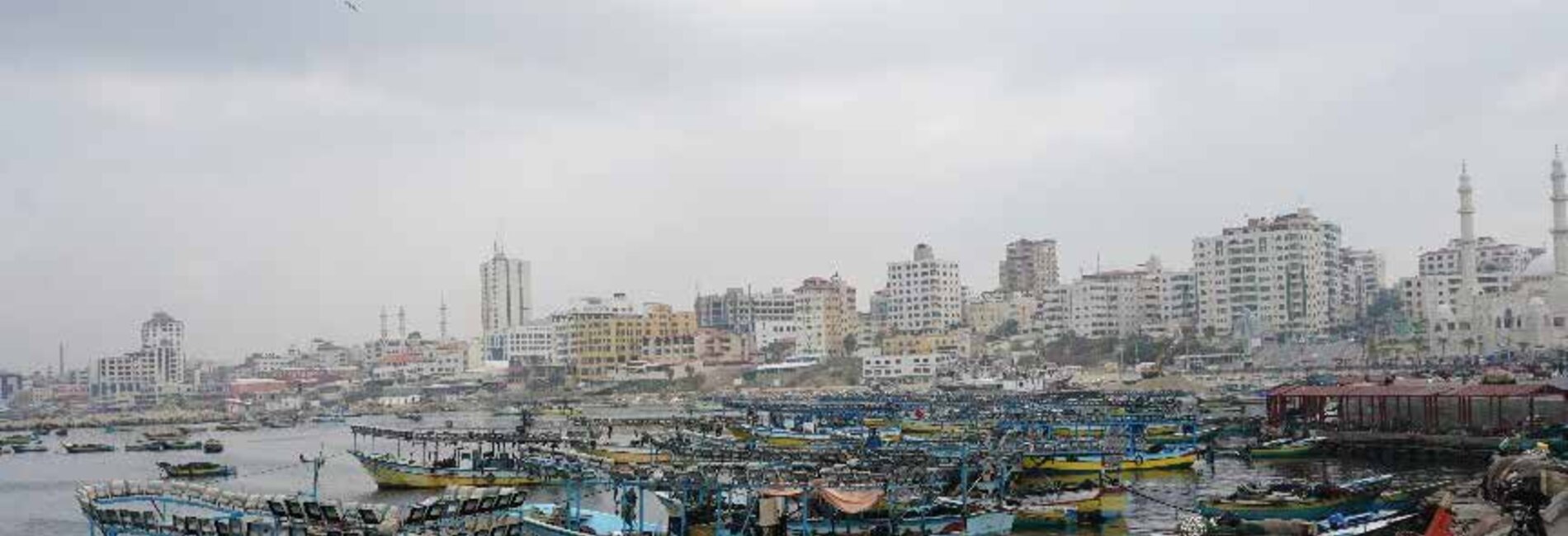Overview: March 2018
In what amounted to the highest number of casualties in a single day in the Gaza Strip since the 2014 hostilities, on 30 March, 18 Palestinians were killed by Israeli forces (or died of wounds sustained that day), and another 1,400 were injured, including over half of them by live ammunition, according to the Palestinian Ministry of Health (MoH). The Israeli authorities accused the MoH of inflating the number of wounded by live ammunition. No Israeli casualties were reported. The majority of the casualties occurred in the context of the first in a series of mass demonstrations, organized as part of the ‘Great March of Return’ and scheduled to take place near the perimeter fence with Israel, between 30 March (‘Land Day’) and 15 May, the 70th anniversary of what Palestinians refer to as the 1948 ‘Nakba’. [1]
Although demonstrations were largely non-violent, in line with the call of the organizers, some Palestinians approached the fence, threw rocks and, according to Israeli sources, fire bombs at Israeli forces. In anticipation of the protests, the Israeli army significantly increased its presence in the area, erecting earthen embankments to overlook the fence and deploying more than a hundred snipers.
Palestinian, Israeli and international human rights groups have expressed concerns over possible excessive use of force by Israeli forces, citing the high number of casualties among unarmed demonstrators. The Israeli military said it responded only to violent attacks aimed at troops and at breaching the border fence, and stated that ten of the fatalities were members of Hamas and other armed groups. The UN Secretary-General expressed his deep concern about the clashes and casualties, and called for an independent and transparent investigation into the incident. [2]
Medical facilities in Gaza, which are already overstrained by the longstanding shortages of medical supplies, electricity and fuel, are struggling to cope with the overwhelming number of casualties. The Health Cluster, led by the World Health Organization, is monitoring the situation and providing support, in coordination with all health partners.
These events come in the context of a deteriorating humanitarian situation in Gaza, following more than a decade of an Israeli blockade, recurrent escalations of hostilities and stalled attempts to resolve the internal political divide. As detailed in one of the items in this month’s Humanitarian Bulletin, as of the end of February, over 20,000 people are still displaced from the 2014 hostilities, the most devastating in Gaza since the start of the Israeli occupation in 1967, and are living in precarious conditions and constant uncertainty.
Another item in this month’s bulletin highlights the situation of the fishery sector in Gaza and related concerns. Within a context of high unemployment and food insecurity, the sector is one of the few remaining sources of employment in Gaza, outside of the public service. Citing security concerns, the Israeli navy restricts access of fishers to sea areas only within six nautical miles (NM) from the coast, with an extension to nine NM along the southern coast, twice a year during the sardine season. Although the latter expansions have significantly increased the total catch over the past two years, this remains mainly limited to low-value sardines, making it difficult for fishers to earn a liveable income. Additionally, practices used by the Israeli navy, and to a lesser extent by the Egyptian navy, to enforce the access restrictions, including the firing of live ammunition, have raised a range of protection concerns.
Finally, this Bulletin also highlights the situation of 189 vulnerable communities across the West Bank, with over 220,000 residents, which face challenges in accessing basic health services, and are therefore served by mobile clinics operated by humanitarian partners. However, due to severe funding shortages, since the beginning of 2018, the services to 35 of these communities has been halted, and, unless additional funding is found immediately, another 11 communities will suffer the same fate.
[1] The ‘Land Day’ is an annual commemoration of mass protests by Palestinian citizens of Israel, which took place in 1976, in response to the Israeli government’s announcement of a plan to expropriate thousands of dunams of land. The ‘Nakba day’ commemorates the forcible displacement from areas that became part of Israel of more than 700,000 Palestinians, over the course of the first Arab-Israeli war in 1948.
[2] Statement attributable to the Spokesman for the Secretary-General on the situation in Gaza.










